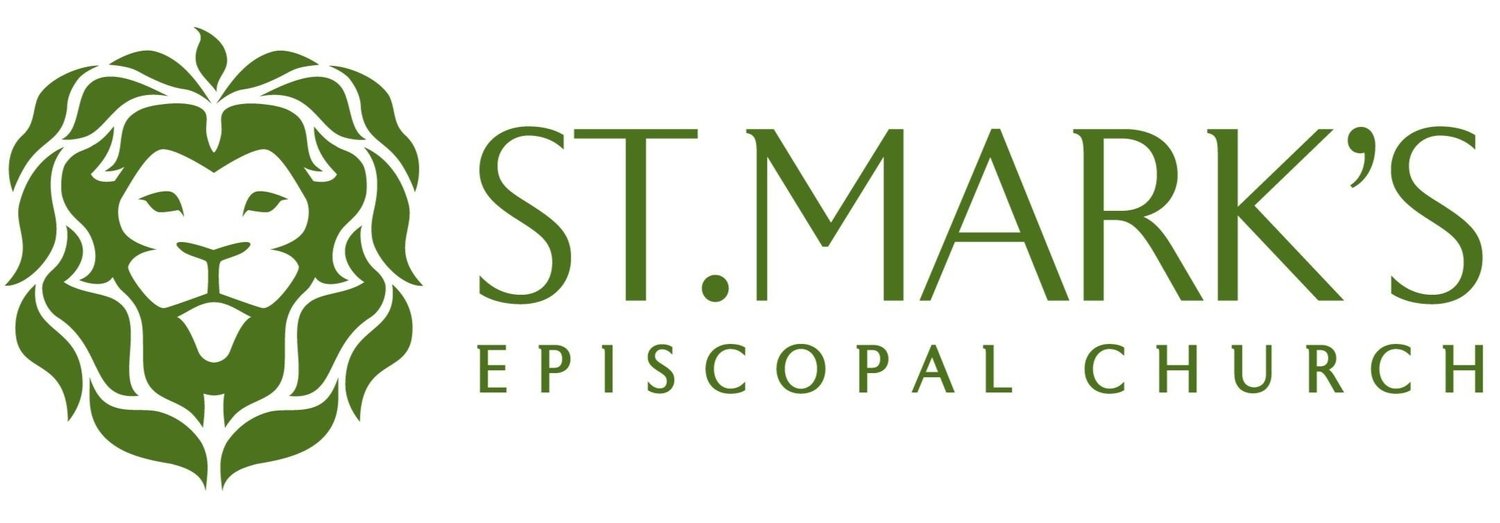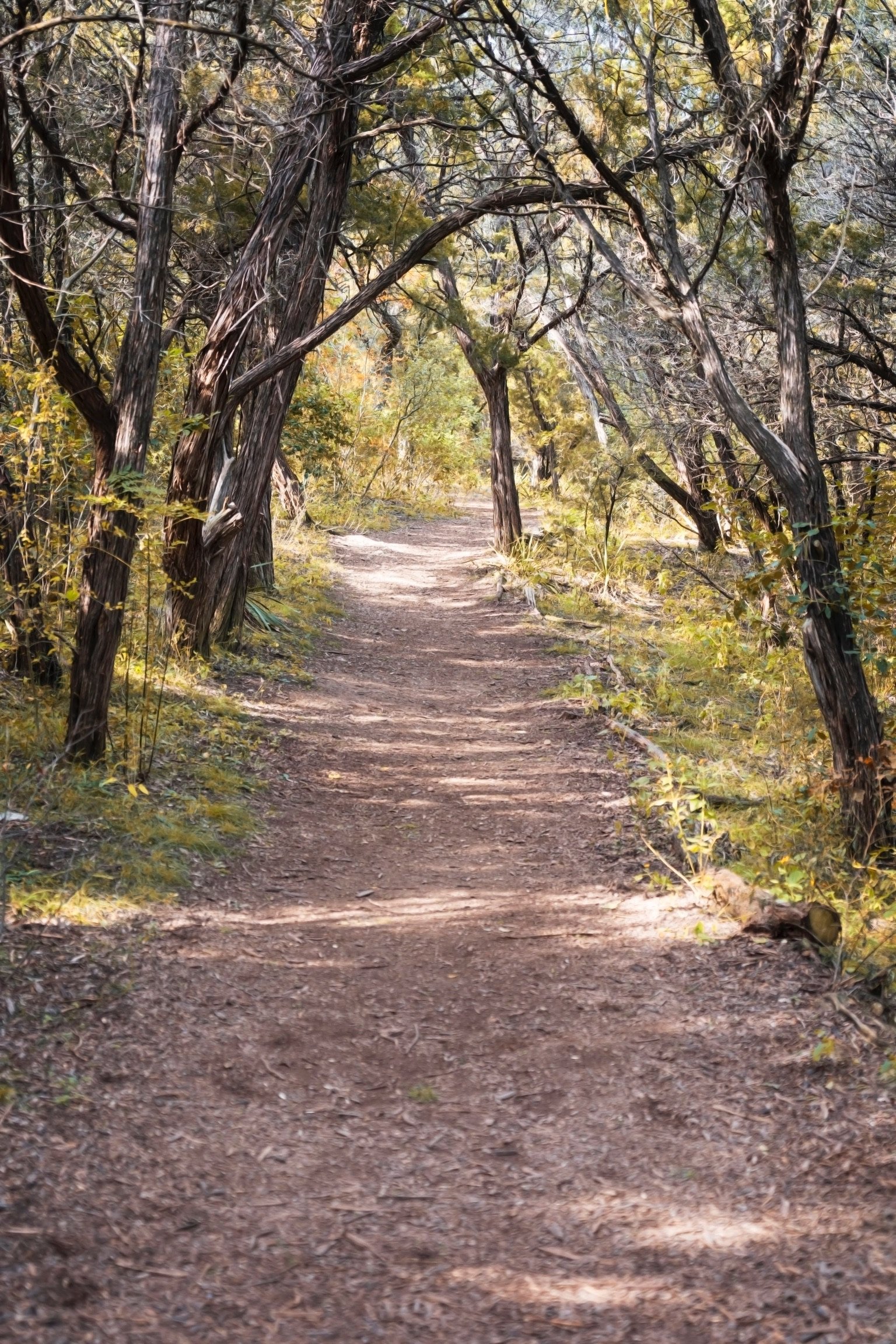The Case for the Campaign
HOW THIS CONVERSATION BEGAN
A pew collapsed underneath a parishioner in the middle of worship in the summer of 2023, and it was the straw that broke the lion’s back— a perfect, if tragic, emblem of what it’s like to live with our facilities. It’s our best running joke: Skylights leak. Sewers clog. Deckboards rot. Pipes burst. Particle board pews collapse. And I kid you not, as I’m writing this I can hear a raccoon rustling in the attic above my study. (The pest control people have been trying to trap him for weeks now.)
But it’s a comedy that is slowly turning into a tragedy. The hard truth is that the situation is worse than most people know. Our foundation rests on old telephone poles. There’s asbestos under every carpeted surface. Much of our campus is not ADA accessible and almost all of it is woefully out of code. With every year that passes, we’re spending increasingly irresponsible amounts of money on maintenance that still never gets close to solving the roots of our facility’s problems. The people of St. Mark’s have known about these issues for several generations now, but we have always lacked the resources to imagine being able to do anything about it. Until now.
Two years ago our Vestry made a brave decision: We want to be the generation that faces it and fixes it. We want to be the people that ensure St. Mark’s has a long and faithful presence in South Austin for hundreds of years to come. And so we began a master-planning process.
CONSIDERING VARIOUS SOLUTIONS
There was one quite simple solution we had to consider at the outset: We could just sell the property. Did you know we own eight acres? On the Greenbelt?! Off South Lamar?! In Austin, Texas?! We’d be rich! Imagine what we could buy just a little further south. Imagine what we could still build with what was still left?!
I know, I know. I’m with you. Nobody wanted to do that. But staring down the barrel of that question unlocked something in our hearts. This piece of property is really special. We are lucky to be here. It deserves something special. We felt the burden of its beauty.
So then we considered renovations. These investigations led us to a lot of the sober findings I listed above. We learned any renovation would still be very expensive. We feared the further unknowns we might discover once we opened up the walls. We knew we still wouldn’t be able to solve some of our frustrations about our campus’s overall design. And most importantly, we realized we’d still have to move—even if only temporarily, still probably for several years—while the work was being done. We worried what that would do to the life of the congregation in the meantime.
And so we broadened the horizon of our imagination. What if simply fixing the problems we have is not a big enough dream for the future of St. Mark’s? What if we could design and build something completely new?
Is that even possible? (Turns out, yes!) And if it is, what is God calling us to build? Which begs a deeper question: Who is God calling us to be?
FROM FIXING PROBLEMS TO CASTING A VISION
Now we’re having a theological conversation. Now we’re asking much bigger and much more interesting questions. We have established language to draw from. Our vision at St. Mark’s is to be a community of transformational belonging in Christ. We believe in caring for the entire journey of one’s soul. We deepen our belonging by eating together. We cherish diversity. We want to be a church for people that don’t go to church here. We seek for our people, property, building, and budget to be contributing to the common good of our community.
These are our established vision and belief statements. But what would they look like in building form? What does a campus designed for transformational belonging look like? You’ve heard of bird sanctuaries and wildlife sanctuaries—what would a human sanctuary look like? Not an office designed to make humans into productivity machines, not an arena designed for human beings to perform, but what would it look like to design a place that was specifically designed for human beings to be fully alive?
What does it mean for a human being to be fully alive? Well, here’s another way to put that question: what do we think heaven will be like? We think heaven is a place where you get to be in perfect communion with God, with one another, with creation, and even at perfect peace with yourself. Heaven is a place of perfect and peaceful communion. What would it look like to try to build something that was trying to be that?
That’s exactly what we’re aiming for. That’s exactly what this plans seeks to embody. I know it sounds kind of crazy. But what I mean is that we want to build not just buildings, but communion. We want to create a place for being with God, being with one another, being with creation, and being with yourself. We want to build communion.
WHAT BUILDING COMMUNION LOOKS LIKE
Continuing to be a church is at the center of that vision. Church is a place where all those kinds of communion come together. Church is a place where you receive Communion and experience communion. But we have thought carefully about how the other buildings in our new campus layout can be used to facilitate these kinds of communion on all other six days of the week, for us, but even perhaps especially for those who don’t come to church here on a Sunday.
We will now have four distinct spaces that can be used for a wide array of community events: A new church nave that sits 225 that can also be used for large concerts and lectures; a new parish hall host to host large more casual events like receptions, neighborhood association meetings et al., but can also offer flexible co-working space for our community’s remote workers; a showcase conference room that can hold 20 for our neighborhood twelve-step meetings and other small book groups, etc,; and, of course, our beautiful existing chapel remains, seating 65, which can magically host concerts, art shows, yoga, and small worship services, weddings, as well as serving as a chapel for our Day School during the week.
We have also taken extra effort to preserve the natural beauty of our site. It is already a glorious natural narthex to our city’s crowning jewel of a greenbelt, and we think this plan enhances the natural beauty that’s already here. Rather than buildings sitting on top of a beautiful site, our new buildings will be integrated into the landscape—low profile, shaped in harmony with particular trees and branches, with lots and lots of windows. We’re not cutting down a single heritage tree to make this possible. In fact, we’ve placed each building where they are precisely because of the natural elements—especially trees—that they will exist in relationship with.
We also recruited the right people. Actually, in retrospect it feels like we had almost nothing to do with it. The truth is God sent us the right people. Rick Archer, our architect from Overland Partners, is not only a world-renowned talent (leading projects such as the Lady Bird Johnson Wildflower Center and Ellsworth Kelly’s Austin chapel at UT-Austin), but he’s also a deeply devoted man of faith. Catherine O’Connor is Austin’s premier landscape architect, overseeing projects at the Blanton Museum, Laguna Gloria, Mayfield Park, amongst other of our city’s natural gems. She’s given nicknames to each particular grove of trees on our entire property. We’re also beyond excited about the artists we are talking to about being part of the finishing-out of the new buildings. And we’re in the beginning stages of pursuing a partnership with ICON, a paradigm-breaking, world-famous, but local-to-Austin company that 3D prints houses and other structures, founded by St. Mark’s parishioner, Jason Ballard.
Parishioners built St. Mark’s in the first place, and it just looks like they might be building the new St. Mark’s too.
Between what this new technology makes possible, our world-class architects, and the one-of-a-kind wonder of our particular property, it feels like we are on the precipice of doing something truly extraordinary.
The last piece of the puzzle is you. It’s a big dream. It feels like a giant freight train that has been equipped with all the components to go on a historically beautiful and epic journey, one that not only will solve our facility problems, but will bless our wider community too, and that will outlast all of us. But in order to get this train moving, it’s us—the people of St. Mark’s right now at this unique inflection point in our history—we are the ones who have to come together to push this thing to get it started. We have to give in a way that is truly sacrificial, to take a step of faith, together, into a bright and beautiful future.
I can’t believe that we get to be part of this together. What a privilege. What a joy. What a wondrous thing it is to be a Christian.
I am praying for you.
Fr. Zac


